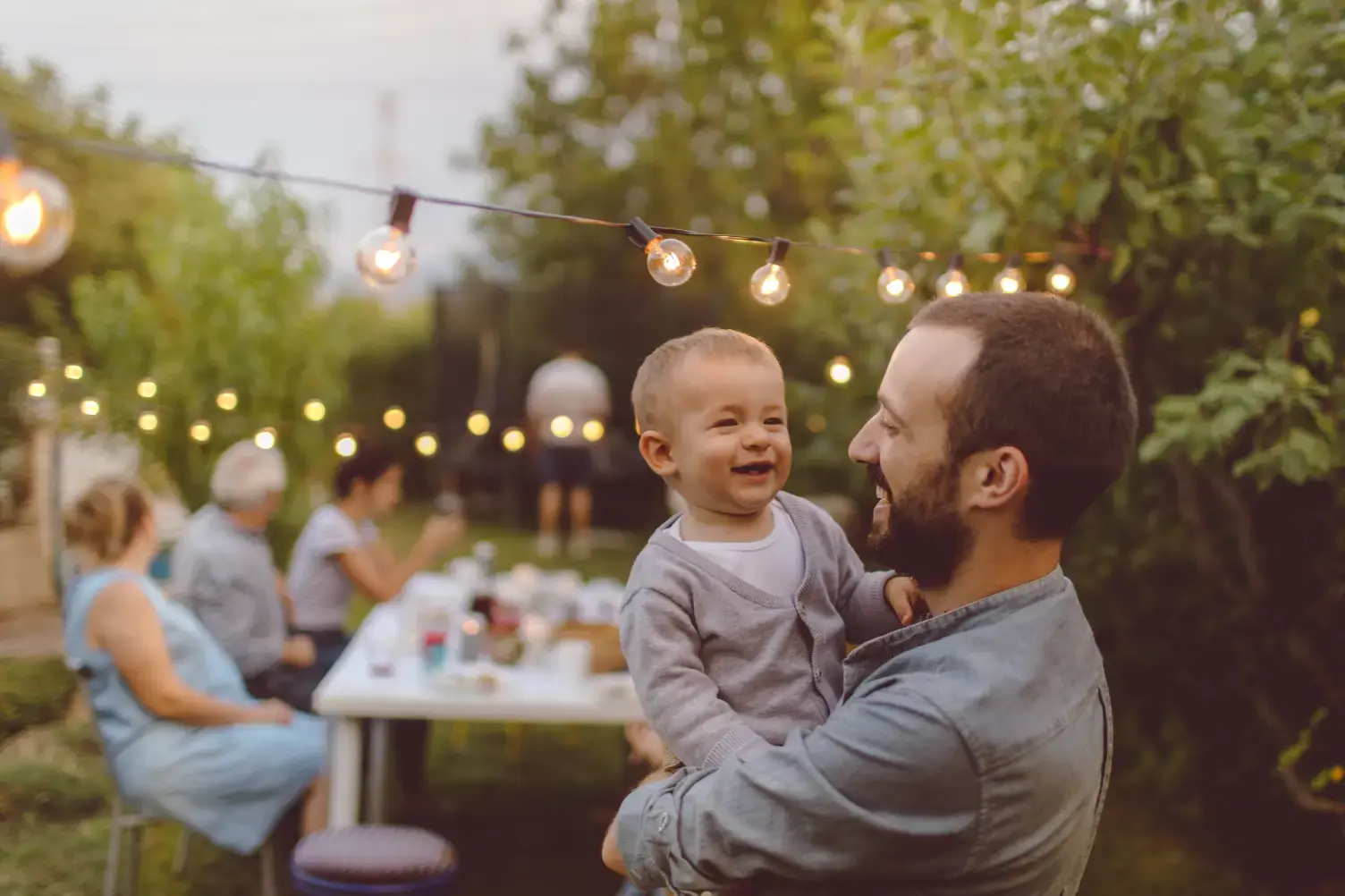Chances are you will have attended some form of funeral in your lifetime. Whether that was a traditional ceremony or something a little different, we all find our own way to mourn the loss and celebrate the life of our loved ones. Church and crematorium-based funerals have been a staple in the UK for most people over many years, but what purpose do they serve? For many a funeral is most definitely a time to mourn, but as conversations surrounding death become more open, are we seeing a shift to a celebration of the individual’s life?
Ceremonies and traditions surrounding death have existed for time immemorial and each culture has a different attitude towards the end of life. In ancient Egypt – as many people will recall from their schooldays – death was not viewed as the end, so bodies were preserved and entombed with useful items they might need in the afterlife. While this belief has mostly faded over time, the Malagasy people of Madagascar still practice famadihana or ‘turning the bones’ to this day. This is a process which involves digging up the buried remains every few years, wrapping them in fresh cloth and holding a celebration with food and music designed to both hasten decomposition and demonstrate the importance of kinship, even after death.
These traditions may seem pretty far from the Church pews many of us are used to in the UK, but our current customs have historical roots that can also be traced back through the ages. One such tradition is wearing black whilst grieving, which dates back to the Roman Empire when mourners would don dark coloured togas to show their respect. Wearing black is still an extremely common sight, although in recent times we are certainly seeing a shift in the number of requests for bright or meaningful colours. Luckily, we didn’t hold onto Queen Victoria’s black-clad forty-year mourning period after losing her husband Albert, but wearing black is still seen as a way to pay respects to the dead and is most definitely more on the mourning side than celebration.
Cremation as we know it today also evolved from a Roman idea – the use of a funeral pyre, the traditional woodpile used to burn a body. Moving forward, one of the earliest uses of the term funeral is in the first of Geoffrey Chaucer’s Canterbury Tales. Back then the number of guests attending a funeral dictated how wealthy you were, so it was not unheard of for many of the attendees to actually be paid ‘extras’. Thankfully we now use crematoriums in the UK to replace open-air pyres but the idea of gathering together while the body is cremated has continued.
Choosing how to celebrate a life
Whether you opt for a burial or cremation, another common tradition is to hold a wake. Usually held in a home or a favourite pub or restaurant, the wake is often seen as a time to shake the sombre mood of the ceremony and share memories and stories with other guests. This serves as both a time to mourn the loss and celebrate the life of a loved one. Coming to terms with loss is an extremely difficult process and an event such as a wake or celebration of life can have a positive impact on the process.
It seems that many of our traditions here in the UK provide the chance to both mourn and celebrate simultaneously but as we see more and more people opting for a celebration of life over a funeral, it is also becoming commonplace to separate the two events. If the idea of a formal funeral surrounded by grieving guests sounds like a lot of pressure so soon after death, a direct cremation with the celebration of the life in a manner of the family’s choosing could be a suitable alternative. Discover unique ideas for celebration of life events on our Saying Goodbye Article.
Direct cremation removes the fuss and ceremony. That doesn’t mean to say that there can be no event, in fact it can offer a better solution to a traditional funeral which is usually held within a week of death. If you opt for a direct cremation, the body is collected and transported straight to a crematorium where after it is cremated, the ashes are hand-delivered to your loved ones. They can then choose a suitable time and place to celebrate or mourn, perhaps on a special date or at a favourite place without the pressure of organising something while still coming to terms with the loss. It’s also much more cost effective than a funeral, freeing up money to be spent on the celebration or a more lasting memorial.
For more information about direct cremation please get in touch with a member of our team; we can explain how it works and answer any questions you might have.








